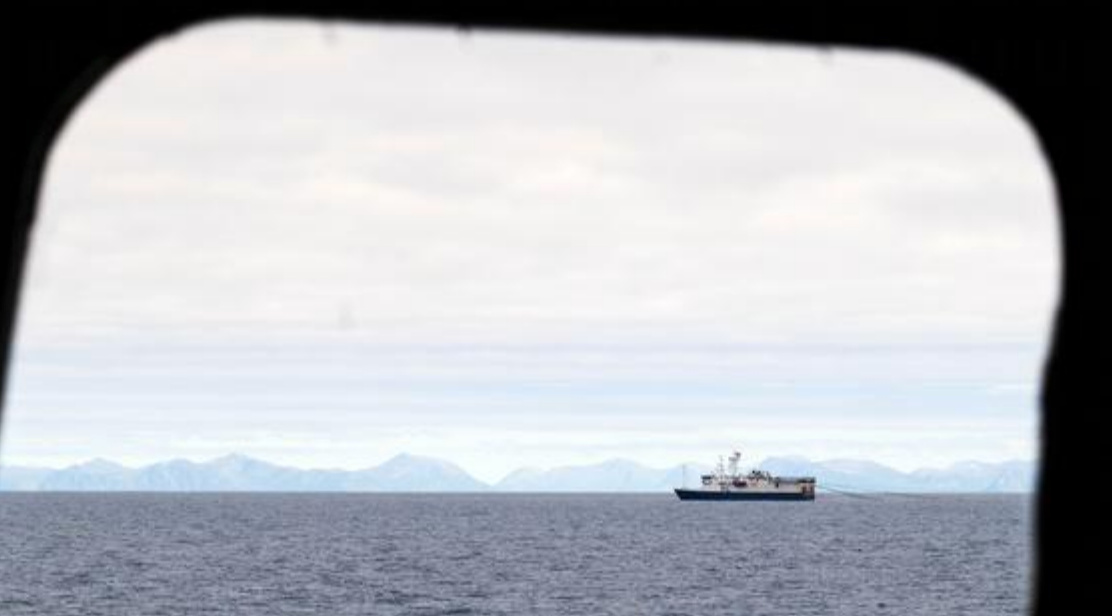Adult fish will move away from the thuds from seismic activity that are experienced as unpleasant. That seismic activity has little effect on fish stock does not mean that it cannot lead to local variations in the fish population.
Since 1984, the Institute of Marine Research has conducted a number of experiments and projects on the consequences of seismic blasting.
In the summer of 2009, the Institute researched the effects of seismic activities outside of Vesterålen, on assignment from the Norwegian Petroleum Directorate. The sound from the seismic data collection increased the harvest of some species and lowered it for other species, depending on the equipment used. It looked like pollock may have partly withdrawn from the area, while other species appeared to have stayed.
The Nordkapp experiment in 1992 showed among other things that "seismic blasting with air cannons affects fish distribution and harvesting rates for cod and haddock, not just locally in the area of the blasting but in significant surrounding areas".
These were two very different experiments. Consequently, it is unsurprising that they did not give the same results. In 2009, the Institute of Marine Research observed what happened when an area outside of Vesterålen was mapped on assignment from the Norwegian Petroleum Directorate. During the tests at Nordkappbanken, the Institute of Marine Research had control of the seismic vessel and the fish was exposed to far more concentrated noise than in the test conducted 17 years later. The composition of species and the amount of fish also differed significantly between the two experiments.
Tests have also been done on copepods and sandeel. An overview of the Institute's work in the area and a reading list can be found on the Institute of Marine Research's thematic pages about seismic activities.
The Institute of Marine Research has given a consultation response about the seismic survey currently being conducted outside of Andøya, as we do for all planned seismic surveys. In this case, the Institute said that it had "no comments from a resource-biology perspective about the survey moving forward as described in the application".
That the University of Bergen (UiB) and NGU use the research vessel ”Håkon Mosby", which is owned and operated by the Institute of Marine Research, has not influenced the Institute's consultation response. The Institute collaborates with UiB about the operation of the vessel, and UiB has applied for and received expedition time in line with regular procedures. The academic content of the expedition is the responsibility of the expedition owner.
The article ”Seismic ripple-effects” provides a more detailed review of the Institute of Marine Research's main views on seismic activities and consequences for spawn, spawning migrations and adult fish. This article also points to a number of gaps in the knowledge basis.
